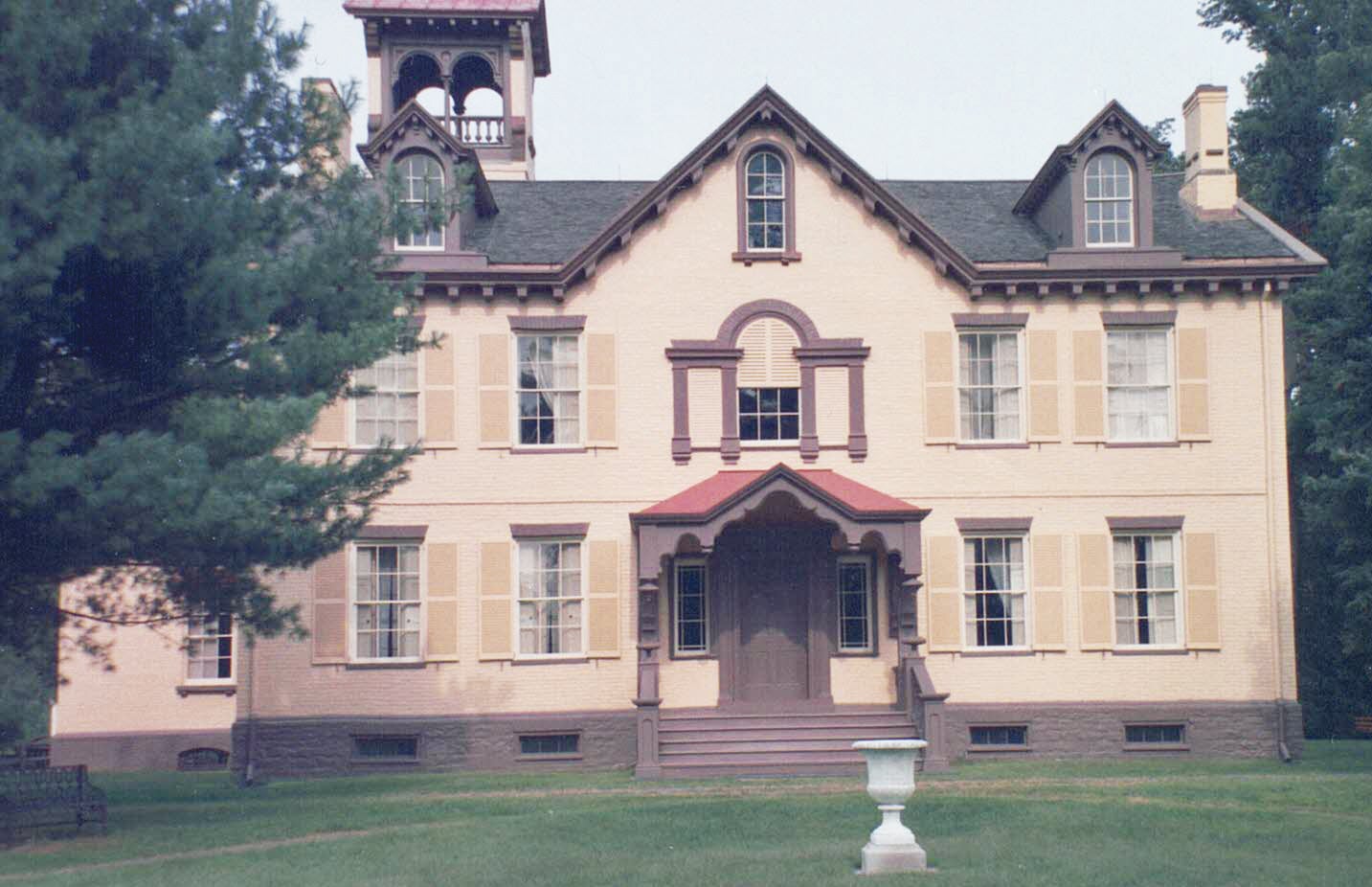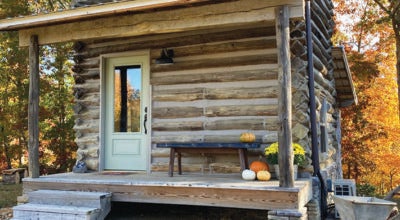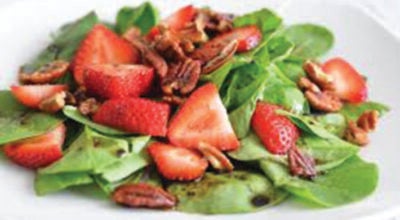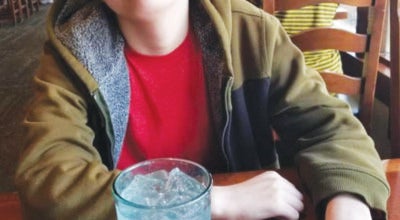Presidential Sites: Van Buren content spending last years at Lindenwald
Published 9:44 am Thursday, February 3, 2022
|
Getting your Trinity Audio player ready...
|
By Betty Etchison West
For the Enterprise
The distance from Mocksville, North Carolina to Mount Vernon, the home of George Washington, the first President of the United States, is 348.2 miles; to the home of the second and sixth Presidents, John and John Quincy Adams, in Quincy, Mass. is 805.3 miles; to Monticello, the home of the third President, Thomas Jefferson, is 254.5.9 miles; to Montpelier, the home of the fourth President, James Madison, is 280.8 miles; to Highlands near Charlottesville, Va., the home of the fifth President, James Monroe is 255.4 miles; to the Hermitage, near Nashville, Tenn., the home of the seventh President, Andrew Jackson, is 404.4 miles; and to Lindenwald, in Kinderhook, N.Y., the home of Martin Van Buren, the eighth President of the United States, is 714.0 miles.
It is easy to see that a trip from Mocksville, to the home of President, Martin Van Buren is one of the longest of the first eight, but, like each of the others, a person interested in presidential history will find the trip rewarding.
Martin Van Buren, who was of Dutch ancestry, was born in Kinderhook on Dec. 5, 1782. Martin’s, great-grandfather and other Dutch families settled in the Kinderhook area in the 1600s. Martin’s father owned a tavern, with part of the building housing his family. It was there that Martin was born.
Mr. Van Buren’s tavern was on the road between New York City and the capitol of New York, Albany. The many politicians who traveled the road between the two cities often stopped at Mr. Van Buren’s tavern. Martin Van Buren’s heard the political patrons at the tavern discussing and arguing about the issues of the day, which interested young Martin as he grew up.
Martin left school when he was 14 to clerk in a law office. He learned enough law that he was able to pass the bar and he joined his half-brother in his law office in 1804. Mr. Van Buren said that he wanted to get established before he got married. He evidently reached that state and married his childhood sweetheart, Hannah Hoes, who was also of Dutch decent, in 1807. It is said that the Van Burens spoke Dutch in their home.
Hannah and Martin Van Buren had four sons. While those boys were young, tragedy struck. Hannah Van Buren got sick, probably with tuberculosis, and died when she was 35 years old, leaving Martin to raise their sons. Martin, who was friendly and sociable, evidently had a certain coldness.
According to the Kunhardts’ book, “The American President”: “When his wife of 11 years died … all he said was that he felt an anxiety.” Martin Van Buren never mentioned his wife again, not even in his autobiography. He never remarried.
Martin Van Buren’s political career flourished. He had one political job after another until he was elected a United States Senator. He closely aligned himself with President Andrew Jackson, who was a popular president. That alignment proved to be valuable because Jackson chose Martin Van Buren to run as vice president with him when he sought a second term. The Jackson/Van Buren ticket easily won. Jackson did not choose to run for a third term so Martin Van Buren became the candidate of his party for President and he won in the general election in 1836. Van Buren was the last Vice President to become President until Vice President George H.W. Bush was elected as President in 1988.
President Van Buren moved into the White House with his four sons. After he moved in, Dolley Madison introduced her niece to one of Mr. Van Buren’s sons. As fate would have it, the two fell in love and were married. The newlyweds moved into the White House and Van Buren’s daughter-in-law assumed the duties of First Lady and the President’s son became his secretary. (Dolley Madison continued to be an influential person long after she served as First Lady.)
Soon after Van Buren took office, there was a huge financial crisis. He was able to handle that problem to some extent, but that was just one of the many problems of his presidency.
Martin Van Buren was not elected to serve a second term. He is quoted as saying: “The two happiest days of my life were the day that I was elected President and the day I left the presidency.”
While president, Van Buren bought the 220 acre Lindenwald estate at Kinderhook for $14,000. This property was near his boyhood home, and he had decided that he wanted to return there when he retired.
The Lindenwald house was a fairly large house, but Van Buren wanted to remodel it. When his son moved into the house, Van Buren gave him permission to remodel it. Remodel it he did. He added 18 rooms, and an Italianate tower. He made many improvements.
In the end, the house had 36 rooms and was painted yellow. No one seems to understand why the Italianate tower was added at Lindenwald—maybe the son just decided that it added beauty to the place, but some people did not agree.
The former President seemed to be happy and content as he spent his last years at Lindenwald, living among his people. He died in his upstairs bedroom at Lindenwald in 1862, which was about 20 years after he completed his term as President. He was buried in Dutch Reformed Church Cemetery in Kinderhook.
A visit to Lindenwald is particularly interesting because much of the furniture in the house belonged to the Van Buren Family—probably as much as 90 percent. The visitor enters a long wide hall at Lindenwald, which has a door at each end so the air can move through to cool the room. That hall has a huge table, which would probably seat 20 people or more. Mr. Van Buren like to use it as a place where people could sit and discuss affairs of state as well as for dining. The wallpaper in the entrance hall is believed to be a duplication of the wallpaper which was originally in the house. Not all of the rooms are open to the public, but there are enough to let the visitor learn much about Mr. Van Buren love of all things beautiful.
The property is owned by the United States and is administrated by the National Park Service. Lindenwald is closed in the winter. A visitor can call 1-518-758-9689 for information.






